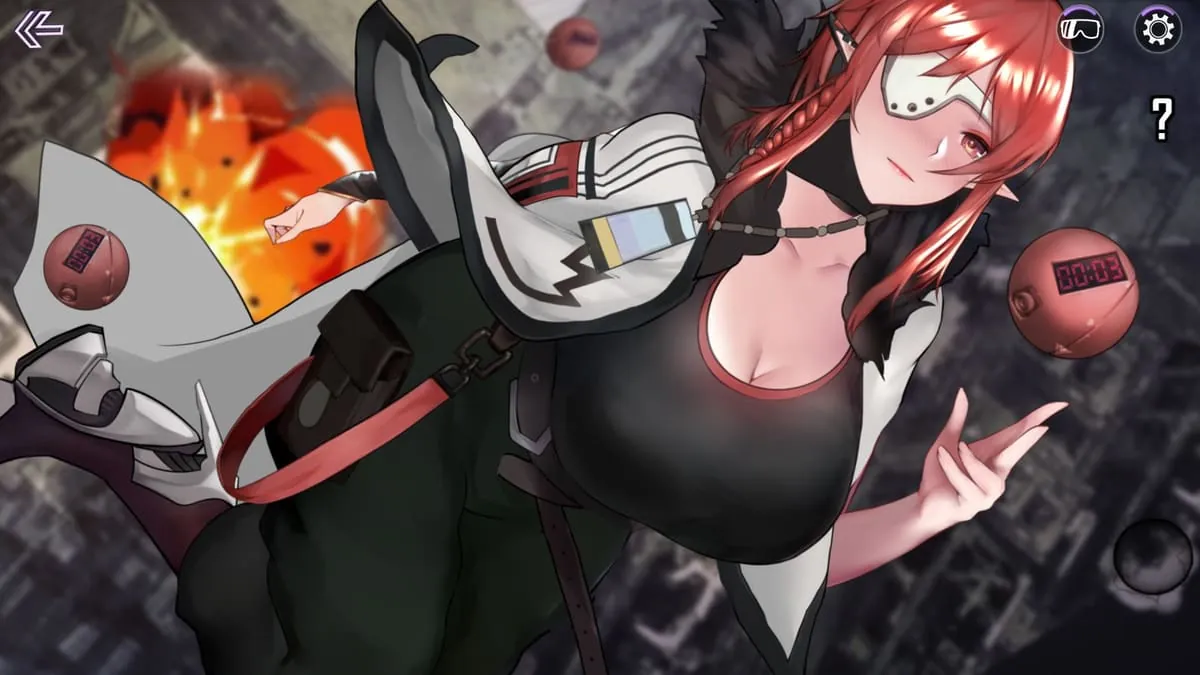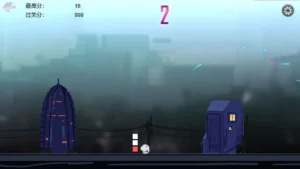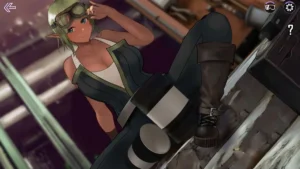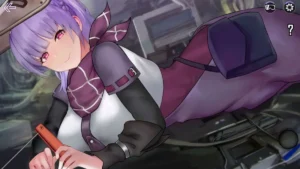
Infinite Jump review
Explore the thrilling one-button jumping mechanics and progression system that’s captivating mobile gamers worldwide
Infinite Jump has emerged as a standout title in the casual gaming landscape, offering players a deceptively simple yet deeply engaging experience. This one-button jumping game combines intuitive touch controls with progressively challenging level design that keeps players coming back for more. Whether you’re a casual gamer looking for a quick escape or someone seeking to master complex jump sequences, Infinite Jump delivers accessible gameplay wrapped in beautiful, diverse environments. The game’s charm lies in its ability to balance simplicity with depth, making it perfect for anyone wanting to experience thrilling adventures without complicated mechanics. Let’s dive into what makes this jumping game a must-play title.
Understanding Infinite Jump Gameplay Mechanics
Let me tell you about the first time I truly “got” Infinite Jump. I was on my 47th attempt at a particularly nasty section, my thumb cramping, convinced the game was working against me. Then it clicked – the rhythm, the flow, the beautiful dance with gravity. I wasn’t just tapping a button; I was conducting a symphony of motion. This “aha!” moment is at the heart of what makes the Infinite Jump gameplay mechanics so special. They’re easy to pick up but offer a lifetime of mastery, and today, we’re breaking down exactly how they work. 🎮
How the One-Button Control System Works
At its core, the genius of Infinite Jump lies in its stunning simplicity. The entire game is controlled with a single input. On mobile, you tap and hold the screen. On PC, you press and hold the spacebar. That’s it. There are no virtual D-pads, no tilt controls, no complicated swipe gestures. This pure approach to one-button jumping game controls eliminates any barrier to entry. You can literally start playing in seconds.
But don’t let that simplicity fool you. This single button holds immense depth. A quick tap results in a short, low hop – perfect for adjusting your position on a small platform. A medium press launches you into a standard jump to clear average gaps. A long, confident hold charges up a powerful leap to cross vast chasms. The game is constantly reading the duration of your press to determine the jump’s power. It’s this nuanced relationship with a single button that forms the foundation of the entire experience.
Pro Tip: Your first hour should be spent in the early, safe zones just experimenting with press duration. Feel the difference between a 0.2-second tap and a 1-second hold. This muscle memory is your most valuable tool.
Mastering this system is the first step in how to master Infinite Jump controls. It’s not about frantic tapping; it’s about measured, deliberate inputs. I learned this the hard way after repeatedly overshooting a platform because my “quick adjustment” tap was held a fraction of a second too long. The precision required trains you to be intentional with every action. It turns a simple mechanic into a language of movement. ✨
Jump Physics and Momentum-Based Progression
Now, here’s where the Infinite Jump gameplay mechanics transform from simple to sublime. This isn’t a game with static jump arcs. It features a brilliant momentum-based jump physics system. Think of it like pushing a child on a swing – the first push gets them moving, but consecutive, well-timed pushes build incredible speed and height.
In Infinite Jump, every jump you land successfully adds a small, invisible multiplier to your next jump’s power. Chain two jumps together, and your second will be slightly more powerful. Chain ten, and you’ll be soaring across the screen. This creates a incredible risk-reward dynamic. Do you play it safe with single, calculated jumps? Or do you attempt a risky chain to build up speed and bypass a difficult section entirely? This momentum-based jump physics system is what separates beginners from experts.
Let me paint a picture with a real gameplay example:
You approach three rapidly disappearing platforms over a bottomless pit. The beginner’s move is to jump to the first, stop, then jump to the second. This will likely fail as the platforms vanish. The expert move? You jump onto the first platform and, without breaking your rhythm, you immediately execute a medium-length jump to the second, and then a slightly longer one to the third. Because you chained them, the momentum-based jump physics gave you that extra oomph needed to clear the final, wider gap. The game rewards fluidity and courage.
This momentum directly ties into your long-term progress. As you advance, the game expects you to maintain these chains to reach new heights and distances. The following table shows how your jump power and the challenges you face evolve as you build your combo.
| Progression Stage | Jump Power Level | Typical Platform Gap | Hazard Types Introduced |
|---|---|---|---|
| Beginner (0-10 Combo) | 1x – 1.5x Base Power | Short, static gaps | Static pits, basic walls |
| Intermediate (11-25 Combo) | 1.5x – 2.5x Base Power | Medium gaps with moving platforms | Moving spikes, timed disappearing blocks |
| Advanced (26-50 Combo) | 2.5x – 4x Base Power | Long, precise gaps requiring air control | Crushing walls, wind currents, laser grids |
| Expert (50+ Combo) | 4x+ Base Power | Extreme distances and complex sequences | All previous hazards combined in intricate patterns |
🚀 As you can see, the game doesn’t just get harder randomly; it scales logically with the power you learn to generate.
Procedural Level Generation and Difficulty Scaling
You might be wondering how a game called “Infinite Jump” can offer a seemingly endless supply of fresh challenges. The answer is its sophisticated procedural level generation. Unlike games with pre-designed levels you can memorize, every run in Infinite Jump is unique. The game builds the world in real-time, right in front of you, based on a complex set of rules tied directly to your skill and progress.
When you first start, the algorithm is gentle. It generates wide platforms, short gaps, and introduces hazards slowly. But as you unlock faster movement options and demonstrate mastery by maintaining higher jump combos, the procedural level generation system takes note. It begins to create longer gaps that require the power from your combo chain. It places trickier hazards, like spinning blades or platforms that fade in and out of existence, in sequences that test your air control mechanics.
This is where the true dance begins. Air control mechanics allow you to make slight adjustments mid-flight. By tilting left or right (on mobile) or using the A/D keys (on PC), you can steer your character. This is vital for lining up those perfect landings, especially when you’re moving at high speed. However, it’s a delicate balance. Over-correcting can cause you to overshoot a platform, while hesitation can mean falling short. Learning to feather your adjustments is a key part of the jump combo system tutorial the game implicitly provides.
The beauty of this system is that it creates a perfect learning curve. The game is always challenging you at the edge of your ability. It never feels cheap because the Infinite Jump collision detection is pixel-perfect. When you fail, you know it was your timing or judgment, not the game being unfair. This Infinite Jump collision detection system with walls, platforms, and moving hazards is incredibly precise, ensuring that every near-miss and perfect landing feels earned.
Speaking of the jump combo system tutorial, speedrunners have discovered fascinating ways to “break” the intended progression by combining specific upgrades. For instance, one early speedrun strategy involved unlocking the “Quick Charge” upgrade (which reduces hold time for max jumps) alongside the “Aerodynamic” passive (which reduces air resistance). This combination allowed players to achieve max-power jumps with such rapid succession that they could bypass entire sections designed for slower, more methodical play. The developers have embraced this emergent gameplay, allowing players to find their own path to mastery. 🧠
Ultimately, understanding the Infinite Jump gameplay mechanics is about appreciating the balance between freedom and precision. The one-button control gives you freedom from complex inputs, while the momentum physics and procedural levels demand precision in execution. It’s a game that trusts you to learn its language, rewarding patience and practice with the sheer joy of motion. The path to how to master Infinite Jump controls is a journey of becoming one with the flow, and honestly, it’s a journey worth taking every single time you play. 💫
Infinite Jump represents everything that makes casual gaming special: simple controls that anyone can pick up, engaging mechanics that reward mastery, and beautiful worlds that invite exploration. Whether you’re jumping through obstacles on your mobile device during a commute or diving into extended gaming sessions on Steam, this one-button jumping game delivers consistent thrills and satisfying progression. The combination of accessible gameplay, diverse environments, and a supportive speedrunning community creates an experience that appeals to both casual players seeking quick entertainment and dedicated gamers pursuing mastery. With its impressive ratings across platforms and growing player base, Infinite Jump has proven that great game design doesn’t require complexity—it requires thoughtful balance between accessibility and challenge. If you’re looking for your next favorite casual game that offers genuine depth beneath its simple premise, Infinite Jump deserves a spot on your device. Download it today and discover why players worldwide are jumping into this thrilling adventure.










